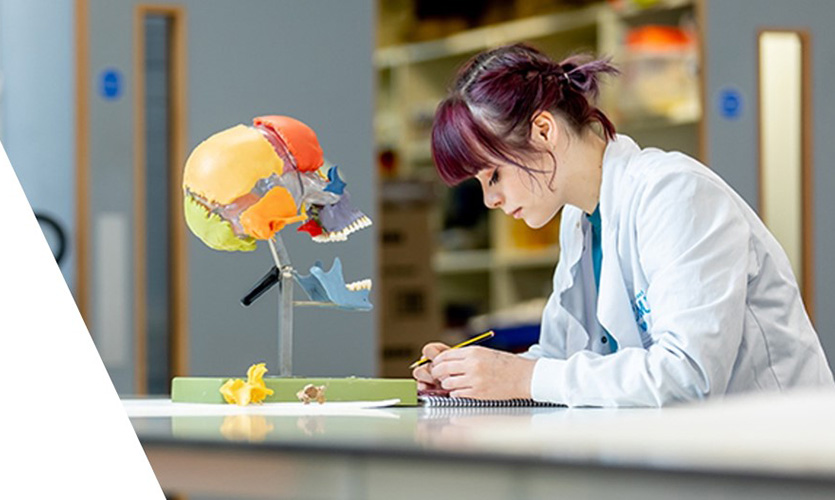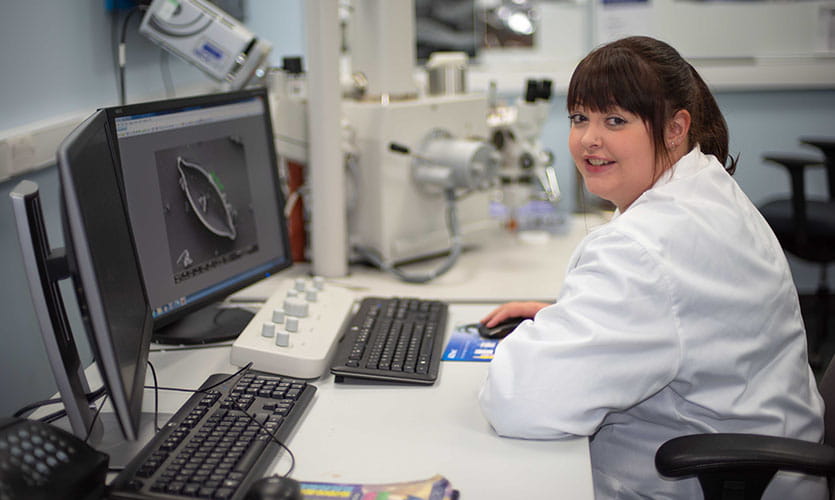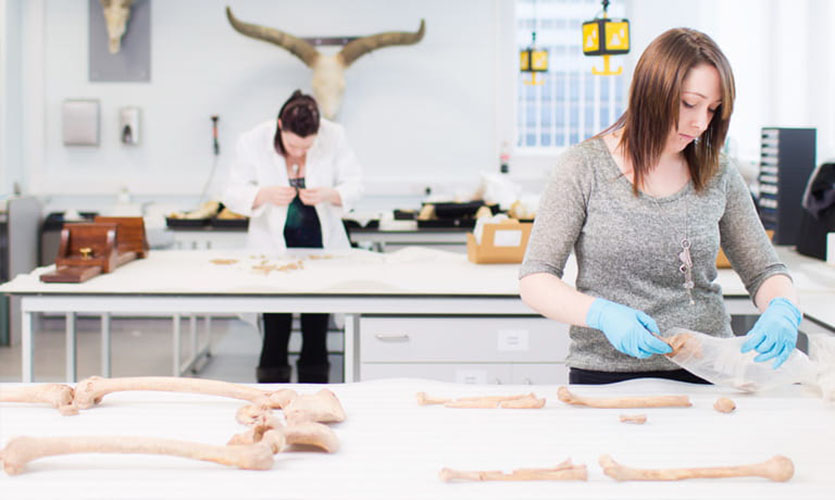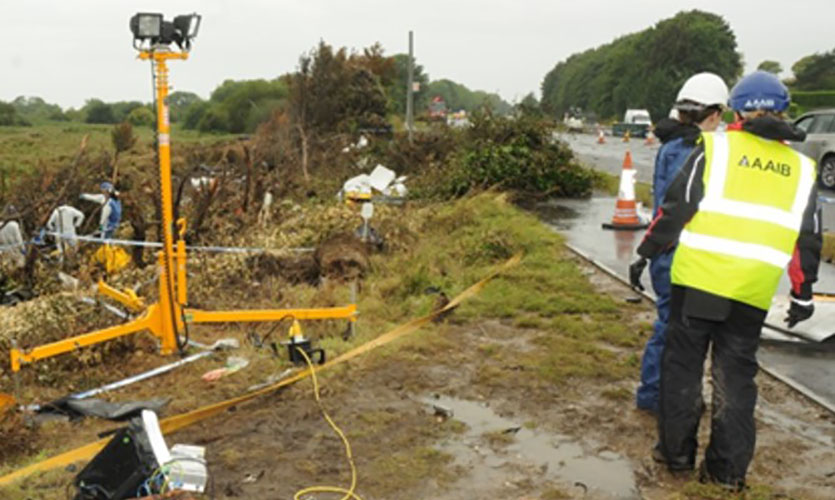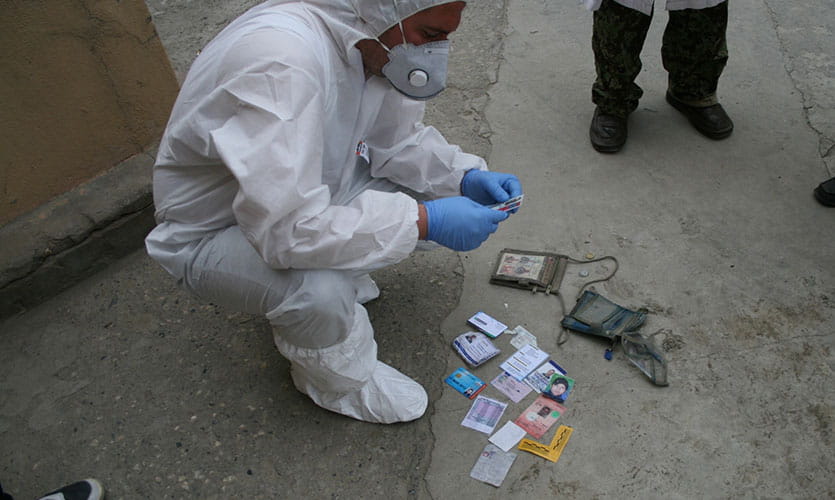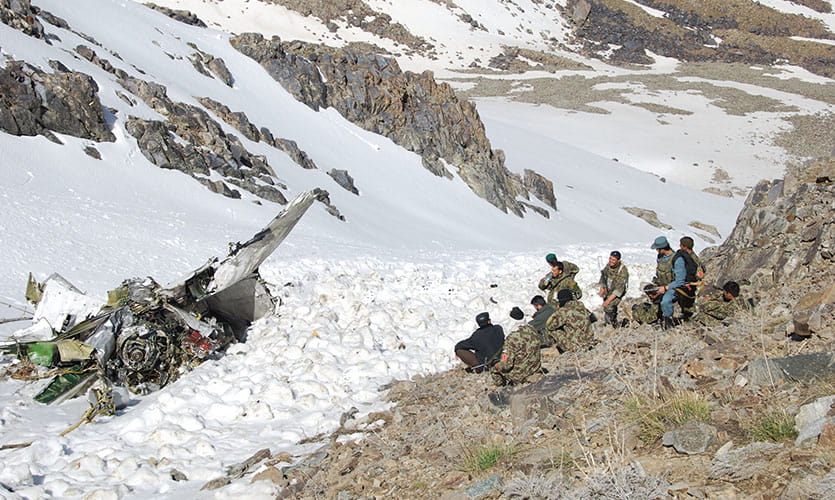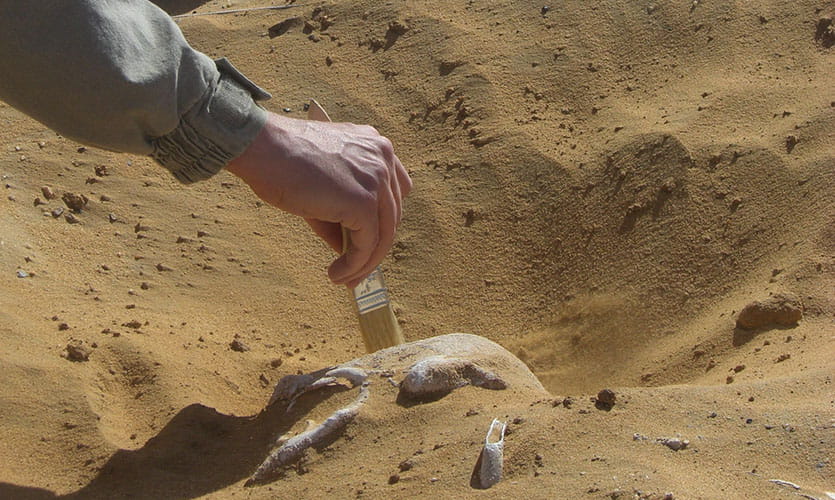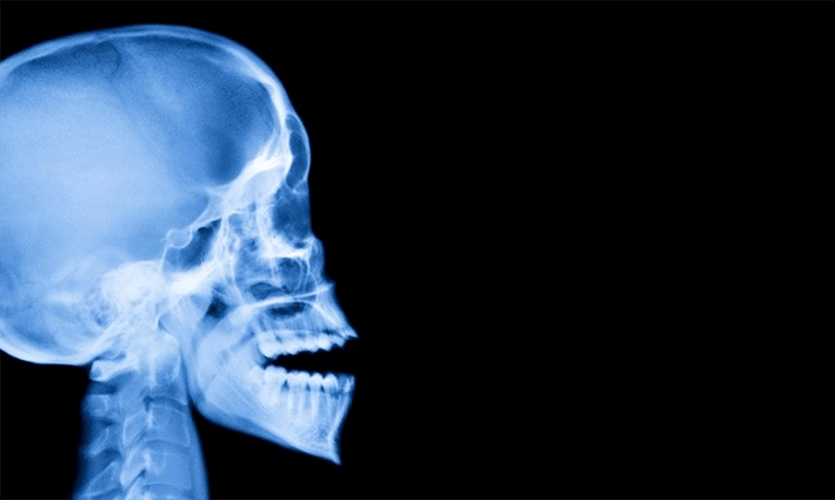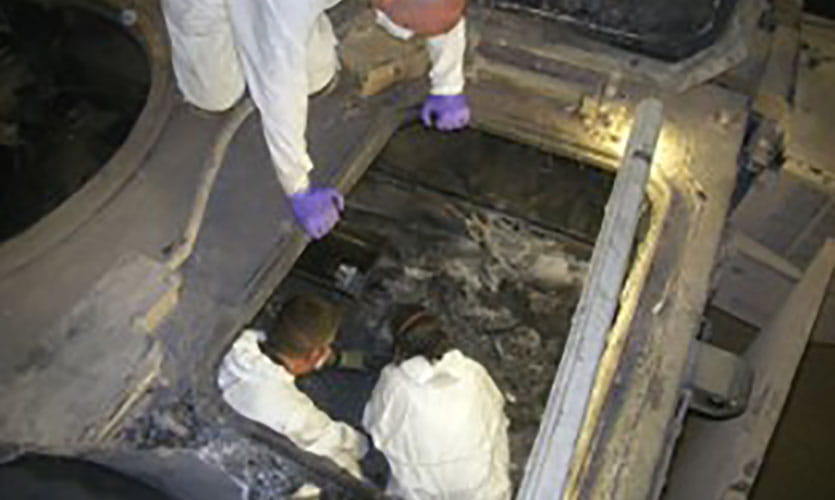Human Identification Network
The identification of living and deceased humans through biometrics, behavioural patterns, genomics, bioanthropology, trace elements and craniofacial anthropology. Our research assists in police murder and missing persons cases, the unearthing and processing of war graves and the identification of the historic and contemporary dead through our world-class Face Lab.
Research leads: Professor Caroline Wilkinson and Professor Joel Irish
Case study
Migrant Disaster Victim Identification
In 2022, more than 2,000 migrants died crossing the Mediterranean Sea with just 22% of the deceased identified. An EU-backed group of researchers, led by LJMU, is working to establish a continent-wide resource base take the task to the next level. Professor Caroline Wilkinson, Director of the Forensic Research Institute said: “Current actions have been inadequate and under-funded with far too few victims being identified. There is a lack of communication between countries of origin and arrival and a lack of joined up processes. We have the technologies but they have not been marshalled to apply their full potential to this global issue.” The network aims to drive the development and validation of international processes and resources, including the utilisation of innovative craniofacial, drone and social media methods.

Network members
Loading staff profiles…
-

Dr Frederic Bezombes
-

Dr Matteo Borrini
-

Maria Castaneyra-Ruiz
-

Dr Constantine Eliopoulos
-

Prof Joel Irish
-

Prof Patryk Kot
-

Dr Jessica Liu
-

Dr Komang Ralebitso Senior
-

Dr Julie Roberts
-

Mark Roughley
-

Dr Kirstie Scott
-

Dr Sarah Shrimpton
-

Dr Sud Sudirman
-

Dr Satu Valoriani
-

Prof Caroline Wilkinson
-

Dr Kyoko Yamaguchi


